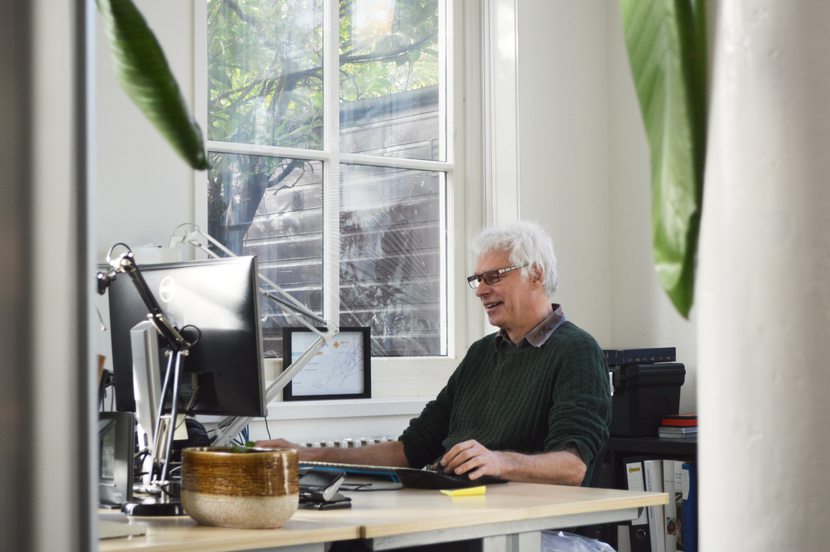Five design-traps and how to avoid them.
On the exciting journey of product design, mistakes are inevitable. Let's take a look at the five most common pitfalls designers encounter and discover how to avoid them.
- Focusing blindly on the problem.
In our search for the perfect solution, it is tempting to get lost in the maze of problems. However, we must recognize that true innovation often lies outside the scope of the initial problem. Let's remember to think broader, be creative and explore possibilities beyond the initial problem definition. - Not considering all stakeholders.
A design process without the voice of all stakeholders is like a symphony with missing instruments. It's essential to gather feedback from diverse perspectives, including end users, marketers, and customers. By involving all stakeholders, we not only create a better design but also a broader support base. - Not taking technical feasibility into account.
A beautiful design can quickly fall apart if it is not feasible. Combining aesthetic with the technical is crucial. Feasibility studies and constant communication ensure that the design is not only visually appealing but also practically feasible within the technological limits. - The sheep with 1000 legs.
The pursuit of perfection can lead to a monster of a design, overloaded with features that drown out the original purpose of the product. Less is often more. Let's focus on the essence, the core functionalities that distinguish the product. This results in a simple, effective design that not only impresses but is also easy to use. - Keep challenging yourself.
Comfort is the silent enemy of innovation. Throughout the design process, it is vital to continually challenge yourself. Ask critical questions, challenge assumptions and don't be afraid to explore new approaches. Only through continuous learning can we evolve and keep up with the ever-changing design landscapes.
The dance of product design is a complex choreography in which we must balance elegance and efficiency. By being aware of these pitfalls and proactively dealing with them, we can create a design process that is not only successful, but also resilient and innovative. Let's hit the dance floor together and surprise the world with our creativity.

A short summary: aluminium
All the ins and outs about our favorite material.
Books for designers; our top 5 picks
The must reads if you're into design.
Excel your spreadsheet.
The first assignment for every Fabriquer.